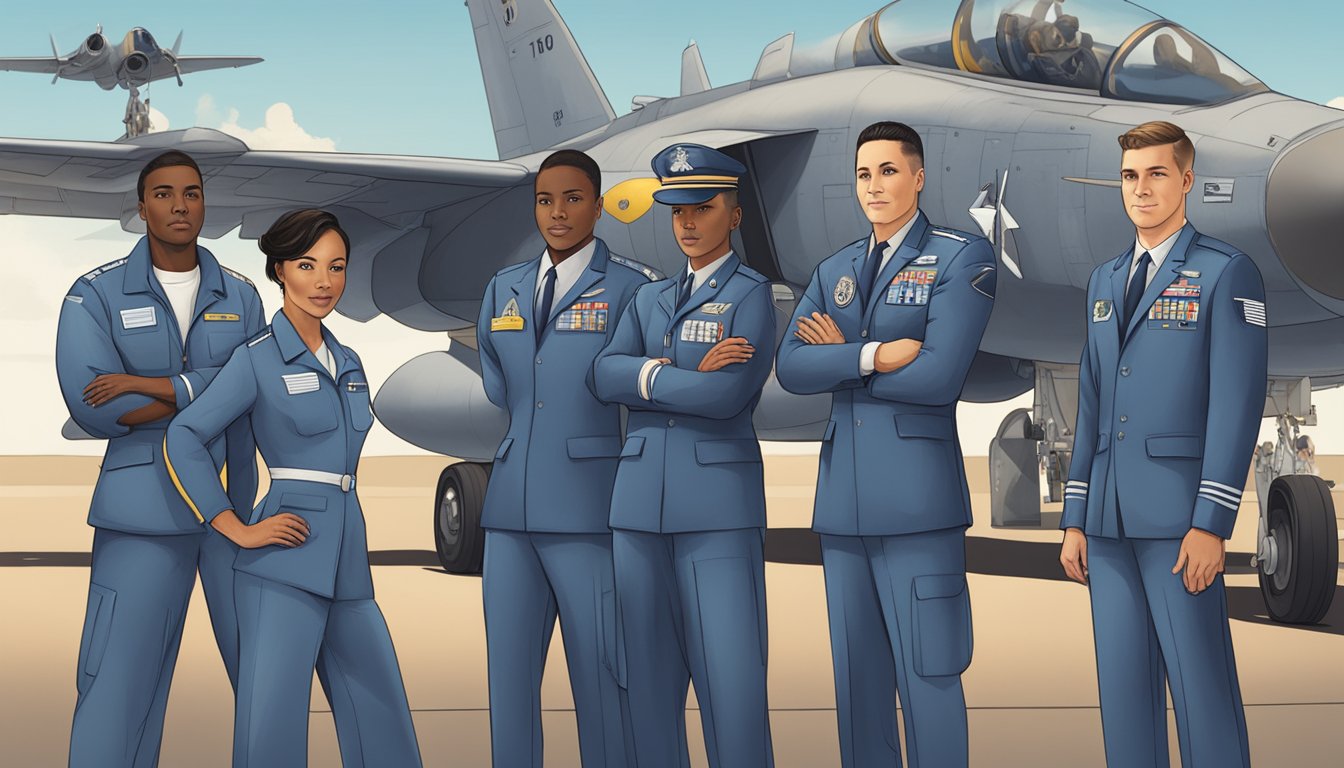In a bid to strengthen unity among its members, the Air Force has rolled out updated rules concerning shaving waivers and uniform patches.
These modifications aim to simplify previous policies, fostering a more cohesive appearance among airmen and guardians.
Shaving Waivers Policy Changes
Recent updates, unveiled last week, specify that long-term shaving waivers will now be limited to those diagnosed with severe cases of pseudofolliculitis barbae—commonly known as PFB.
This skin condition significantly affects Black men, causing painful bumps that resemble scars after shaving.
For individuals dealing with moderate or mild PFB, the Air Force recommends that temporary shaving profiles, regular medical follow-ups, and a focus on proper skin care can effectively manage their symptoms, as highlighted by Air Force Surgeon General Lt. Gen. John DeGoes.
New Regulations on Profiles and Waivers
In a video message released on Monday, Lt. Gen. DeGoes addressed the shortcomings of the previous policy, which permitted five-year shaving waivers but lacked clarity for healthcare providers diagnosing PFB.
He noted that the old guidelines failed to differentiate PFB from other shaving-related irritations.
To remedy this, he stressed the importance of standardized procedures in managing this issue to ensure all service members can adhere to grooming standards.
Come March, current shaving profiles will only remain valid for 90 days after an airman undergoes their periodic health assessment.
New regulations are being developed to outline a process for granting waivers that allow beards, contingent upon a healthcare professional’s evaluation.
Uniform Patch Regulations
This initiative has garnered support from Air Force Chief of Staff Gen. David Allvin, who emphasizes the necessity for clearer regulations.
He voiced his concerns over the uneven adherence among airmen, warning that this inconsistency could lead to misinformed decisions, ultimately impacting both property and personnel safety.
Additionally, Gen. Allvin pointed out the growing number of duty identifier tabs or patches, which have risen to over 134.
He believes this increase diverts attention from the Air Force’s core values of teamwork and mission focus, instead favoring individual recognition.
He reiterated the need for a unified appearance as a way to bolster the overall operational effectiveness of the Air Force.
Source: Militarytimes

